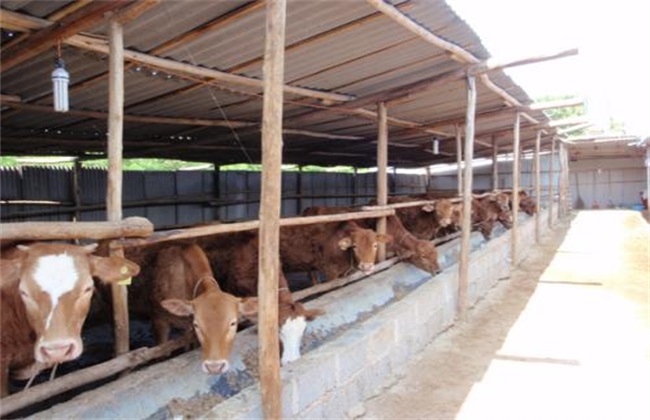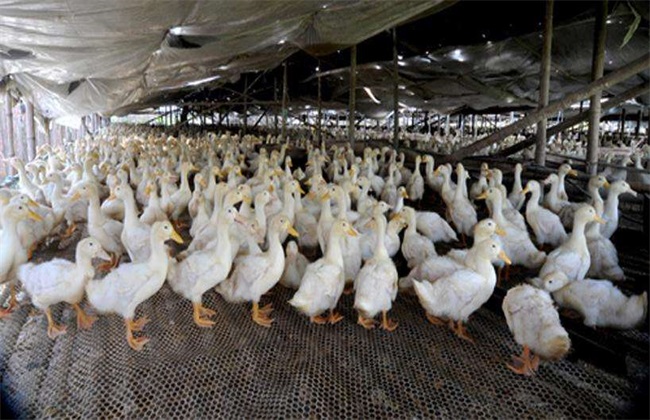Environmental Sanitation Management of cattle Farm
Raising cattle is very common in our daily life. However, in recent years, the environmental pollution caused by aquaculture is more serious. Therefore, now raising cattle should take environmental protection as the primary premise. Therefore, when raising cattle, we should pay attention to the management of the environmental hygiene of cattle farms, otherwise it will be ordered to rectify. So how to manage the environmental hygiene of cattle farms? The following editor will give you a brief introduction, let's have a look!

1. Sanitary environment
First of all, the hygienic environment of the cattle farm needs us to do well first, we should often clean the cowshed and disinfect it. When cleaning the cowshed, we should pay attention to the faeces and sewage in the dead corner, and the material trough and sink should be often cleaned and disinfected. After the interior of the barn is cleaned, the water should be discharged in time for ventilation, so that the floor of the barn can dry quickly. Then the weeds around the cattle farm should be removed regularly and then sprinkled with appropriate amount of quicklime. To do a good job in the environmental hygiene of cattle farms can effectively reduce the number of mosquitoes, flies, bacteria and parasites, so as to reduce the incidence and ensure the normal growth of cattle.
2. Fecal treatment
The environmental pollution caused by raising cattle mainly comes from the feces of cattle. Therefore, we should dispose of the terrible feces in time and clean them out of the barn at a regular time every day. If possible, it is best to keep cow dung dry and dispose of it in time. The storage area of cow dung should be far away from residential areas to avoid disturbing the daily life of residents. Then we can carry on the accumulation fermentation treatment to the cow dung, after the manure is mature, it can be used as organic fertilizer, the fertilizer effect is also very good. And cow dung fermentation can be used in biogas, power generation and other work, so as to achieve the purpose of turning waste into treasure.
3. Humidity of cowshed
The humidity of the barn is also closely related to the environmental hygiene of the cattle farm. The suitable incubation humidity for many mosquito and fly eggs is generally about 70%. Therefore, attention must be paid to keeping the barn in a relatively dry environment. When setting up a drinking tank, you should pay attention to its height, not too high, and keep the water level around 2cm, so as to prevent cattle from spilling water plants when drinking. If there is a leakage in the drinking fountain, then it should be replaced in time, and then the leakage will be treated clean. After cleaning the barn, dry the water in time to avoid affecting the growth of the cattle.
4. Rational greening
When raising cattle, for qualified cattle farmers, it is best for us to set up a green area around the cattle farm. Can plant an appropriate amount of fruit trees, medicinal materials and so on. These plants not only help the environment, but also have the effect of preventing and controlling mosquitoes and flies. Now this method is used in most areas, and if the planting area is larger, then it may also be able to increase economic benefits.
The above is a brief introduction to the environmental hygiene management of cattle farms. That's all for today's introduction. This article is for reference only. Thank you for your reading and support.
Related
- On the eggshell is a badge full of pride. British Poultry Egg Market and Consumer observation
- British study: 72% of Britons are willing to buy native eggs raised by insects
- Guidelines for friendly egg production revised the increase of space in chicken sheds can not be forced to change feathers and lay eggs.
- Risk of delay in customs clearance Australia suspends lobster exports to China
- Pig semen-the Vector of virus Transmission (4)
- Pig semen-the Vector of virus Transmission (3)
- Five common causes of difficult control of classical swine fever in clinic and their countermeasures
- Foot-and-mouth disease is the most effective way to prevent it!
- PED is the number one killer of piglets and has to be guarded against in autumn and winter.
- What is "yellow fat pig"? Have you ever heard the pig collector talk about "yellow fat pig"?



